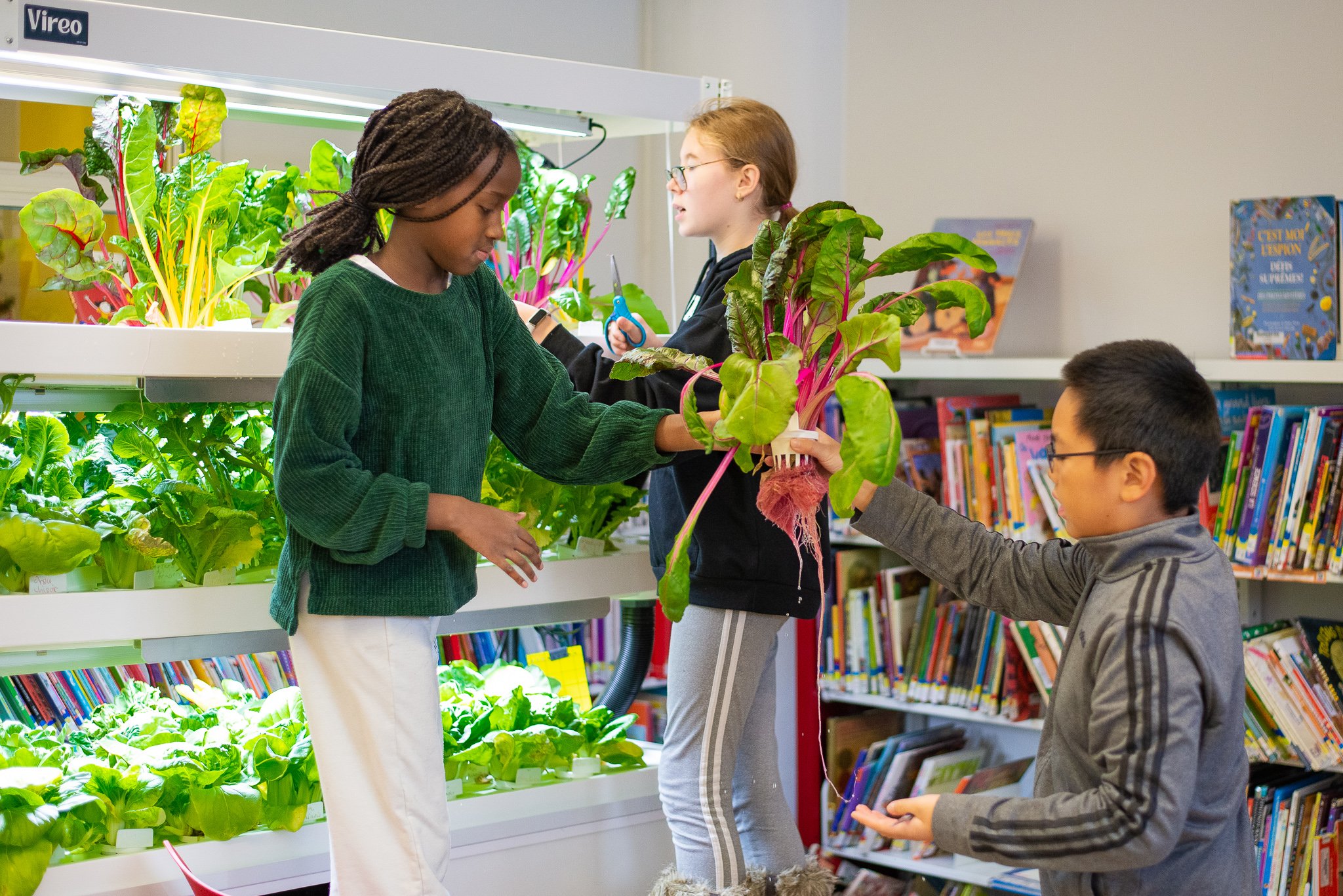Creativity is a vital component of early childhood development, serving as a foundation for cognitive, emotional, and social growth. Preschools in Aurora, fostering creativity through arts not only enriches the learning environment but also empowers children to express themselves, explore their imaginations, and develop essential life skills. This article delves into the myriad benefits of integrating arts into early childhood education and offers actionable strategies for enhancing creativity in these settings.
The Benefits of Arts for Child Development
Cognitive Development
Engaging in artistic activities stimulates children’s brains, enhancing problem-solving and critical thinking skills. When children create art, they make decisions about colors, shapes, and materials, which fosters imaginative thinking. For instance, a simple painting project can encourage them to think creatively about how to represent their ideas visually.
Emotional Development
Art provides a unique medium for emotional expression. Children often find it easier to convey their feelings through creative outlets than through words. This practice not only helps them process their emotions but also fosters resilience and emotional intelligence as they learn to navigate their feelings through art.
Social Development
Participating in group art projects encourages teamwork and collaboration. Children learn to share materials, negotiate roles, and communicate their ideas effectively. These social interactions are crucial for developing communication skills and building relationships with peers.
Motor Skills Development
Art activities significantly enhance fine motor skills as children manipulate various materials like crayons, paintbrushes, and scissors. These activities improve hand-eye coordination and prepare children for more complex tasks in the future.
Creating a Creative Environment in Preschools
Designing Art Spaces
A dedicated creative area is essential for fostering artistic exploration. This space should be inviting and equipped with various art supplies that inspire children to experiment freely. Consider using bright colors, comfortable seating, and ample natural light to create an engaging atmosphere.
Diverse Art Materials
Providing a variety of art materials encourages experimentation. Include traditional supplies like paints and markers alongside natural items (e.g., leaves, twigs) and recycled materials (e.g., cardboard boxes). This diversity not only sparks creativity but also teaches children about sustainability.
Implementing Artistic Activities in Daily Routines
Types of Artistic Activities
Incorporate various artistic activities into daily routines to keep creativity flowing. Painting, drawing, crafting, storytelling, and drama can all serve as powerful tools for self-expression. For example, a storytelling session can be enhanced by having children illustrate their favorite parts of the story.
Integrating Arts Across the Curriculum
Art can be seamlessly integrated into other subjects. Use art to enhance learning in science (e.g., creating models), literacy (e.g., illustrating stories), or math (e.g., exploring shapes). Interdisciplinary projects not only make learning more engaging but also reinforce concepts across different areas.
Encouraging Participation from All Children
Inclusivity in Art Activities
It’s essential to create an inclusive environment where every child feels encouraged to participate in artistic activities. Use strategies such as providing one-on-one support or adapting projects to meet individual needs. This ensures that all children have access to creative opportunities regardless of their comfort level with art.
Avoiding Art as a Reward
Art should be an intrinsic part of the learning experience rather than a reward for good behavior. By providing consistent access to creative activities, children learn that self-expression is valued at all times.
Involving Parents in the Creative Process
Family Engagement Strategies
Engaging families in the creative process strengthens the connection between home and school. Organize family art days where parents can collaborate with their children on projects. This not only enhances the child’s experience but also fosters community among families.
Creating Home-School Connections
Sending home art kits or project ideas encourages families to engage in creative activities together. Regular communication about children’s artistic progress can also help parents understand the importance of creativity in their child’s development.
Training Staff to Foster Creativity
Importance of Staff Development
Training staff on the benefits of creativity is crucial for creating an environment that nurtures artistic expression. Workshops focused on effective facilitation techniques can empower educators to implement arts-based activities confidently.
Showcasing Children’s Creations
Celebrating Artistic Achievements
Showcasing children’s artwork boosts their self-esteem and reinforces the value of creativity. Set up display areas within the Best Preschools in Aurora or organize exhibitions where children can present their work to peers and parents alike.
Utilizing Technology to Enhance Creativity
Creative Apps and Tools
Incorporating technology can further enhance children’s creative experiences. Use apps that allow children to create digital art or document their artistic processes. Sharing these creations with families can provide a sense of accomplishment and encourage ongoing engagement with the arts.
Conclusion
Integrating arts into Preschools in USA is essential for nurturing creativity in young children. By providing diverse opportunities for artistic expression, creating an inspiring environment, involving families, and training staff effectively, we can foster a generation of innovative thinkers who are equipped with the skills necessary for lifelong learning and growth. The impact of these early experiences with art will resonate throughout their lives, shaping them into well-rounded individuals capable of navigating an ever-changing world with creativity and confidence.
Also Read: The Role of Daycare Caregivers in Child Development
